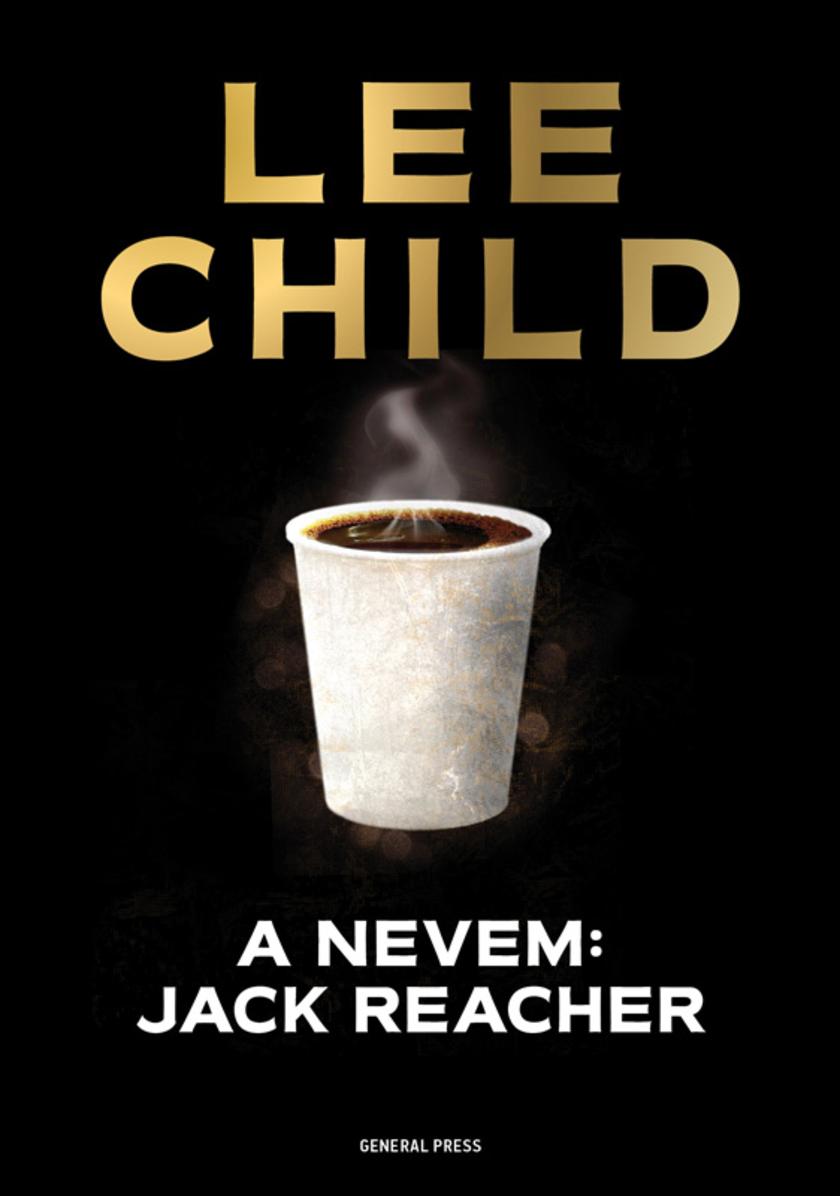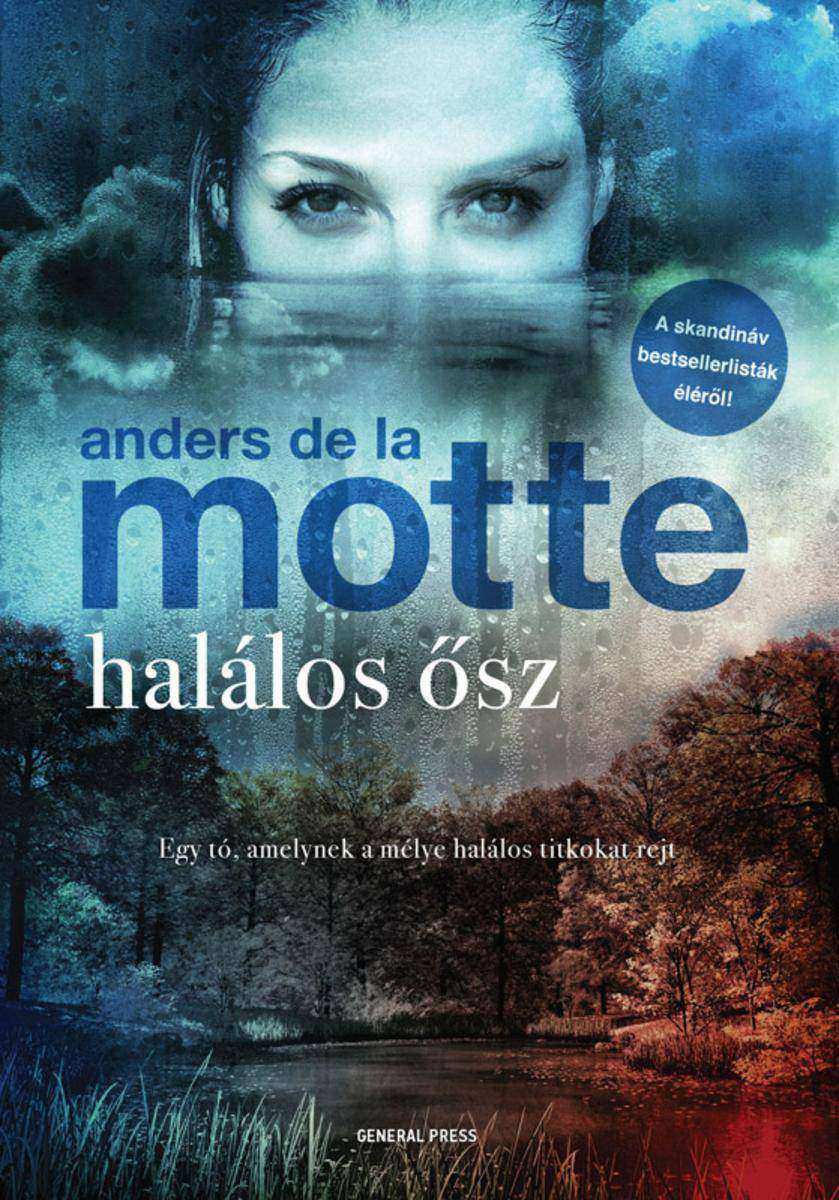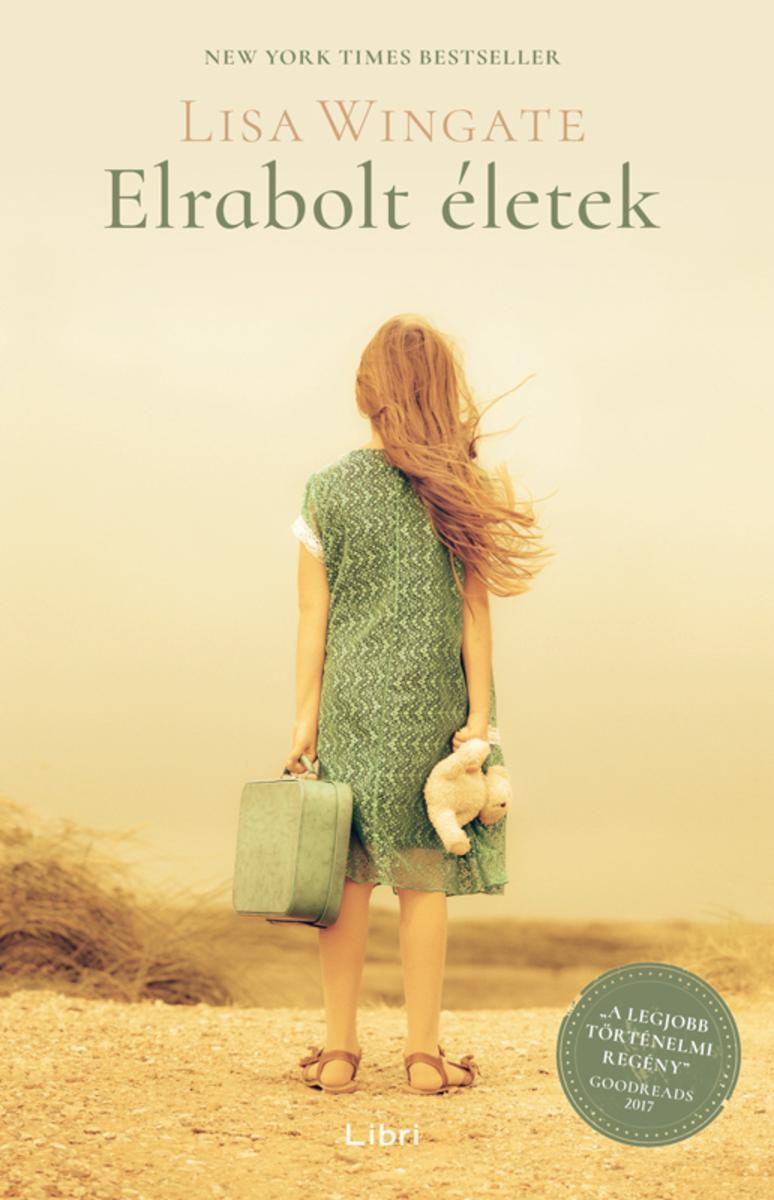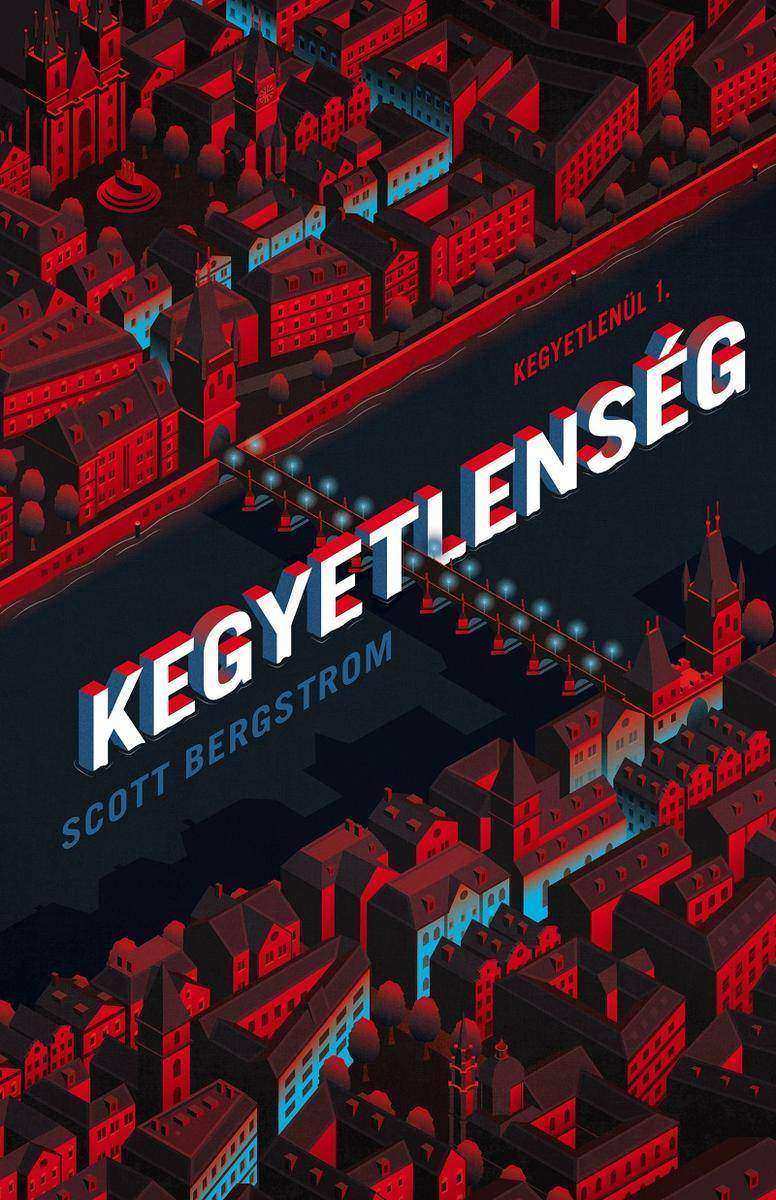
Bahamai sell? (Hollywoodi doktorok 3.), Alabama visszavár
¥40.79
Bahamai sell? (Hollywoodi doktorok 3.), Alabama visszavár

Hamis pár (Hollywoodi doktorok 4.), A sebész, aki elcsábított
¥40.79
Hamis pár (Hollywoodi doktorok 4.), A sebész, aki elcsábított

Karnyújtásnyira
¥69.73
Karnyújtásnyira

Aki bújt...
¥58.04
Aki bújt...

Hegyek k?z?tt
¥70.06
Hegyek k?z?tt

K?nyvesbolti szerelmek
¥58.29
K?nyvesbolti szerelmek

?rnyékn?vér
¥84.69
rnyéknvér

Hófehérkének meg kell halnia
¥81.34
Hófehérkének meg kell halnia

A nevem: Jack Reacher
¥73.00
A nevem: Jack Reacher

Emlékek b?rt?nében
¥81.75
Emlékek b?rt?nében

Gy?ngyn?vér
¥87.15
Gy?ngyn?vér

Halálos ?sz
¥81.75
Halálos ?sz

Az id? gyermekei
¥87.31
Az id? gyermekei

A korona ügyn?ke
¥75.54
A korona ügyn?ke

Messzir?l j?tt magzatok
¥52.16
Messzir?l j?tt magzatok

Elrabolt életek
¥72.59
Elrabolt életek

Ha velem maradsz
¥69.65
Ha velem maradsz

Kegyetlenség
¥75.86
Kegyetlenség

Erd?terápia: Sinrin-joku, avagy z?ld út a boldogsághoz
¥66.79
Erd?terápia: Sinrin-joku, avagy z?ld út a boldogsághoz

Digitális detox: Gy?zd le a mobilfügg?séget
¥66.79
Digitális detox: Gy?zd le a mobilfügg?séget

Hív Amszterdam
¥75.54
Hív Amszterdam




 购物车
购物车 个人中心
个人中心



